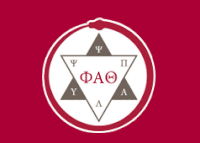Abstract
The 1906 San Francisco earthquake is infamous for decimating the city and leaving a quarter of a million people homeless. Afterwards, the American Red Cross redefined “relief” in its efforts to help San Francisco’s refugees, and it tested its new progressive relief methods within the refugee camps. Previously, the charity organization advocated personal involvement and moral evaluation of disaster victims; relief was viewed as feminine and subjective. After the earthquake, officials sought to make relief more efficient, masculine, and objective through favoring victims who were already self-supporting. Refugees who contested progressive views were derided as socialists. Ultimately, conflicting definitions of relief in the refugee camps shaped the way relief was practiced in the United States.
Recommended Citation
Neis, Emily
(2014)
"Conflicting Definitions of Relief: Life in Refugee Camps after the San Francisco Earthquake of 1906,"
Voces Novae: Vol. 6, Article 5.
Available at:
https://digitalcommons.chapman.edu/vocesnovae/vol6/iss1/5


